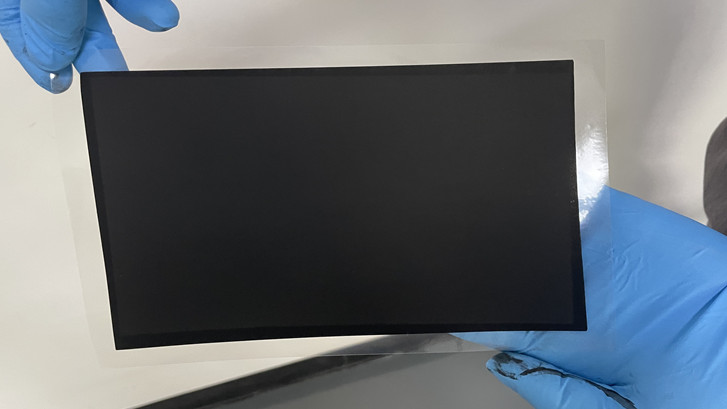Fuel Cell Stack Bipolar Plate
Fuel Cell Stack Bipolar Plate – Catalyst Coated Membranes – Cheersonic
In the hydrogen fuel cell industry chain, the upstream is the production, transportation and storage of hydrogen, and the hydrogen fuel cell system is filled with hydrogen at the hydrogen refueling station; the production of key components such as the midstream stack, the stack and accessories are two Most of them are integrated to form a hydrogen fuel cell system; at the downstream application level, there are mainly three directions of transportation, portable power supply and stationary power supply; the consumer terminal is the production and sales of battery vehicles.
The fuel cell stack is the heart of the fuel cell vehicle industry. The cost accounts for more than 60% of the cost of the fuel cell system, and the technical threshold is relatively high.

The fuel cell stack is mainly composed of catalysts, proton exchange membranes, gas diffusion layers, bipolar plates, and other structural parts such as seals, end plates and collector plates. At present, reducing the cost of the stack is still the key to the commercialization of fuel cell vehicles.
Fuel cell structure: Membrane electrodes and bipolar plates are stacked to form a stack
The bipolar plate is the “skeleton” in the stack, which is stacked and assembled with the membrane electrode to form a stack. Its performance will directly affect the size, output power and life of the stack.
Bipolar plates are mainly divided into graphite plates, metal plates and composite plates according to their materials.
At present, graphite plate is the main technology, and metal plate is the mainstream technology in the future. Commercial vehicles tend to be equipped with graphite sheets, while passenger vehicles are equipped with metal sheets due to high space requirements.
Graphite Bipolar Plate
Graphite bipolar plate is currently the most widely used material in proton exchange membrane fuel cells (PEMFC), with good electrical and thermal conductivity, corrosion resistance, etc., and is often used in the field of commercial vehicles.
Graphite plates are currently mature in technology and commercialization and occupy a large market share, and it is difficult to further reduce the cost. The development of the industry needs to wait for the cost reduction brought about by the upgrading of upstream graphite material technology to stimulate demand.
Commonly used graphite bipolar plates have a thickness of about 2 to 3.7 mm, and are processed into a certain shape of diversion fluid grooves and fluid channels by a milling machine. The design and processing technology of the flow channel are closely related to the performance of the battery.
Metal Bipolar Plate
Metal bipolar plates are relatively susceptible to corrosion, but their small size and short production cycle make them easy to produce in large quantities and quickly.
Composite Bipolar Plate
The composite bipolar plate has both the corrosion resistance of graphite and the high strength of metal, and the effect is the best, but its processing is cumbersome, the cost is high, and it has not yet achieved large-scale application.
Cheersonic’s fuel cell catalyst coating systems are uniquely suited for these challenging applications by creating highly uniform, repeatable, and durable coatings. Using the company’s patented ultrasonic spray head technology, it can spray uniformly and efficiently on proton exchange membranes and gas diffusion layers. Uniform catalyst coatings are deposited onto PEM fuel cells, GDLs, electrodes, various electrolyte membranes, and solid oxide fuel cells with suspensions containing carbon black inks, PTFE binder, ceramic slurries, platinum and other precious metals. Other metal alloys, including Platinum, Nickel, Ir, and Ru-based fuel cell catalyst coatings of metal oxide suspensions can be sprayed using ultrasonics for manufacturing PEM fuel cells, polymer electrolyte membrane (PEM) electrolyzer, DMFCs (Direct Methanol Fuel Cells) and SOFCs (Solid Oxide Fuel Cells) to create maximum load and high cell efficiency.
The advantages of ultrasonic spraying include:
1.Highly controllable spray that produces reliable, consistent results.
2.Ultra-low flow rate capabilities, intermittent or continuous.
3.Ultrasonic vibrations continuously break up agglomerated particles and keep them evenly dispersed; maximizing platinum utilization.
4.Corrosion-resistant titanium and stainless steel construction
5.The self-cleaning function of the ultrasonic nozzle prevents clogging.
6.The platform takes up less space.
7.80% reduction in paint consumption
8.The particle diameter is optional which can more flexibly affect the through-hole property of the coating

